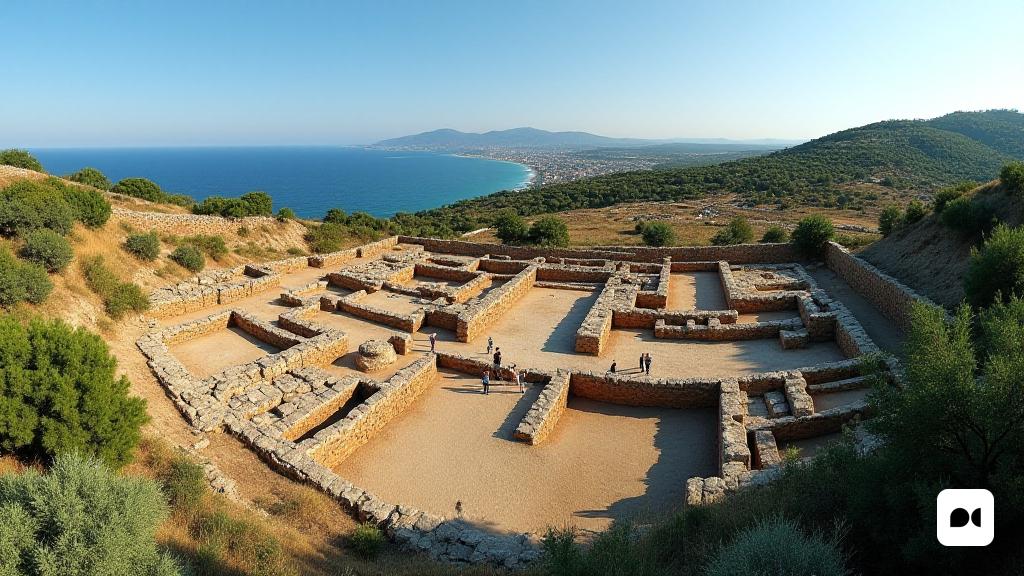A new chapter for the eyebrow site
The City Council of Salou has high expectations for the Cella site, which could open its doors to the public regularly from October. Visits are currently monthly, but restoration and museumization work are in the final stretch, with the aim of making this important heritage accessible.
From Iberian site to Greek city?
Initially, the place had been considered to be of Iberian origin, but the last investigations have suggested that we could be in front of the ancient Greek city of Kalípolis. This new perspective opens a world of possibilities for the history of the region, and the studies of the found materials will be key to confirm or refute this hypothesis.
A discovery that would transform Catalan heritage
If the theory that relates the site to Kalíllis is validated, this would mean that Catalonia would have its third Greek city, after Empúries and Roses, dating to around 400 B.C. Researchers believe that this site was already an important mall in the old Mediterranean.
The role of local authorities
The ownership of the land is shared between the City Council of Salou and the Port Authority of Tarragona, with the municipal area already excavated and adapted. Only the signage is to be completed to finish the museumization. In the port area, archeological intervention is still pending the approval of the APT.
Reflections on history and future
Professor Jordi Diloli, from Rovira i Virgili University, emphasized that the findings have changed the perception of the site. The houses found, much larger than the Iberian, indicate a more sophisticated lifestyle. The presence of materials of diverse origins, such as Ibiza or Carthage, reinforces the idea of a multicultural shopping center.
A city with history
The name Kalíllis means ‘beautiful city’, and its strategic location on the hill overlooking the sea provides a context appropriate for its historical importance. Researchers are hopeful that future studies will confirm that this is a Greek colony, thus providing a new chapter to the rich story of the region.

